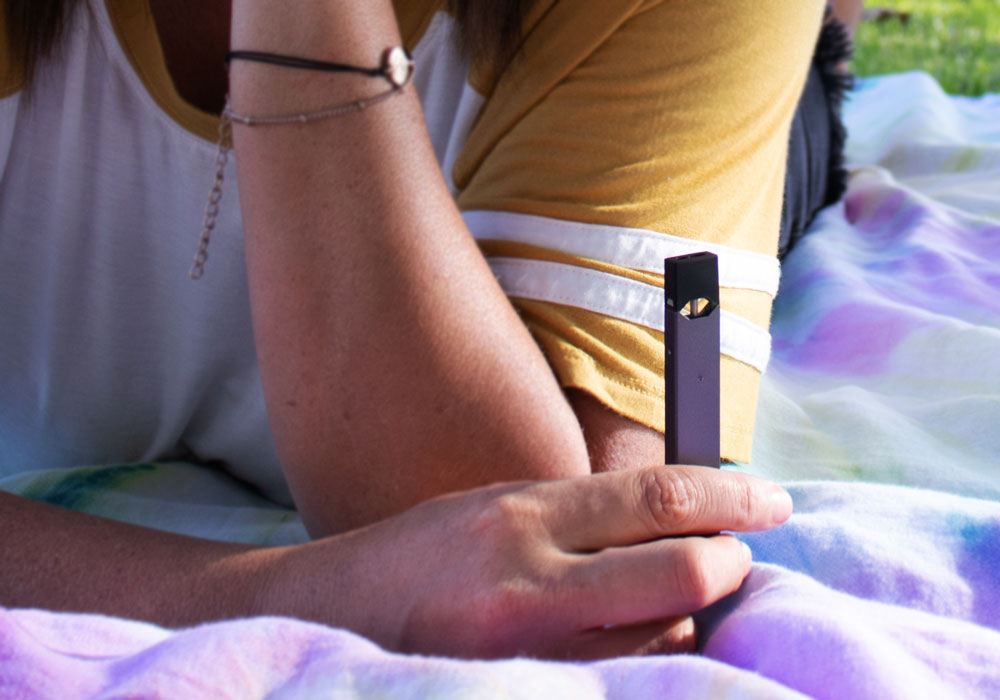What’s the real cost of youth vaping? In a campaign to combat the ongoing epidemic, the U.S. Food and Drug Administration (FDA) and Scholastic, which publishes classroom magazines with accompanying teacher guides, provided e-cigarette education materials for middle and high school students to teach young Americans about the risks of e-cigarette use and nicotine addiction.
Additionally, the partnership launched the Vaping’s Not My Thing student contest, which was designed by students for students and challenges them to develop creative ways to show their peers about the health risks of vaping.
Capitalizing on the “kids are smarter than their parents” philosophy among youth, manufacturers have gotten creative with vaping devices. “Did you know that teens may also be using stealth e-cigarette products disguised as backpacks, smartwatches, sweatshirts, fidget spinners, or hand-held gaming devices?” Kathy Crosby, director of communications at FDA’s Center for Tobacco Products wrote in a blog post. In it, she advises parents and teachers to be on the lookout for disposable and stealth e-cigarettes that might be disguised as backpacks, smartwatches, or gaming devices.
Tobacco cessation is an ongoing battle, and oncology nurses are experts in educating the public about the negative impact of electronic tobacco products, which are still widely available and marketed toward younger audiences. ONS is also in partnership with FDA to address the recent increase in tobacco use.






